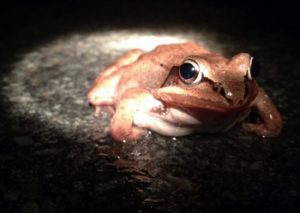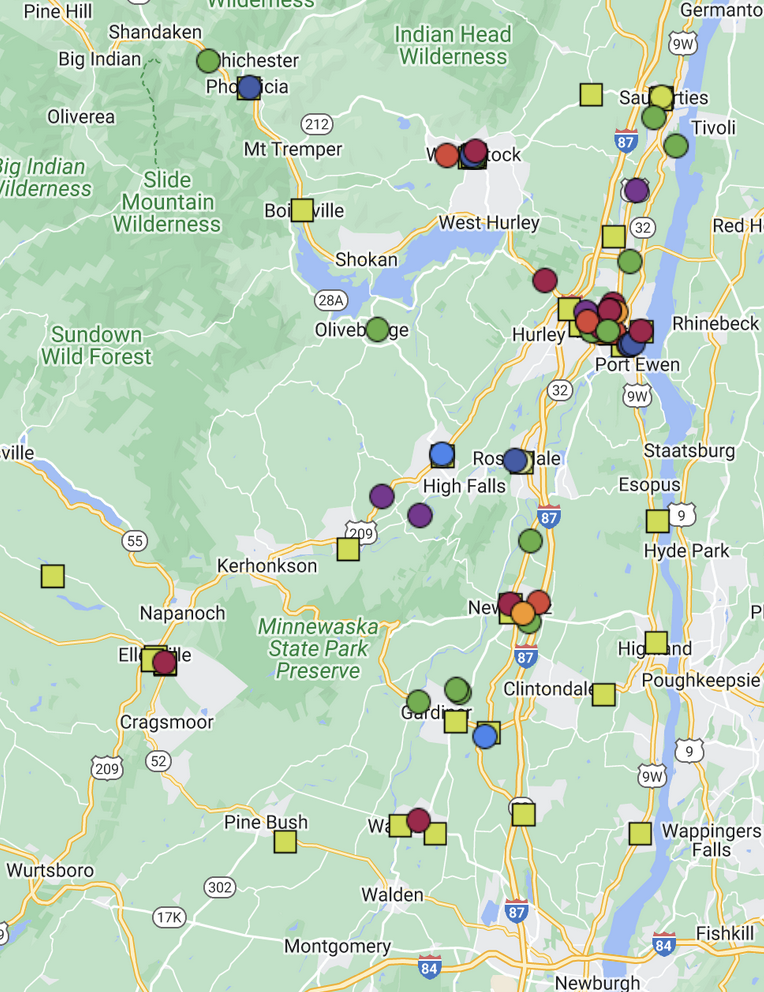 The Hudson River Estuary Program and Cornell University Department of Natural Resources are working together to conserve forests, woodland pools and the wildlife that depend on these critical habitats. You can help by documenting migrations of woodland amphibians on their journeys to breed in vernal pools. Your observations will enable the Estuary Program to identify and map road crossings where mole salamanders and wood frogs are especially vulnerable in the Hudson Valley and learn more about where their habitats are located. This information can then be used for community planning and for groups of volunteers interested in starting “crossing guard” programs for the breeding season. Eventually, we can also learn whether the timing of spring migrations is shifting due to climate change.
The Hudson River Estuary Program and Cornell University Department of Natural Resources are working together to conserve forests, woodland pools and the wildlife that depend on these critical habitats. You can help by documenting migrations of woodland amphibians on their journeys to breed in vernal pools. Your observations will enable the Estuary Program to identify and map road crossings where mole salamanders and wood frogs are especially vulnerable in the Hudson Valley and learn more about where their habitats are located. This information can then be used for community planning and for groups of volunteers interested in starting “crossing guard” programs for the breeding season. Eventually, we can also learn whether the timing of spring migrations is shifting due to climate change.
Read more about woodland pool habitat and conservation.
Download the Amphibian Migrations and Road Crossings Fact Sheet (PDF 279 KB)
Download the Volunteer Guidance and Data Form (PDF 200 KB) and carefully read all instructions and safety guidance before going out on migration nights.
If you’d like to receive project updates and email alerts when the forecast looks promising for migration activity, visit the Amphibian Migrations and Road Crossings project webpage and subscribe in the blue “DEC Delivers” box. Most email correspondence from this list is limited to March and April.
10 spaces available
Registration is closed for this event.
